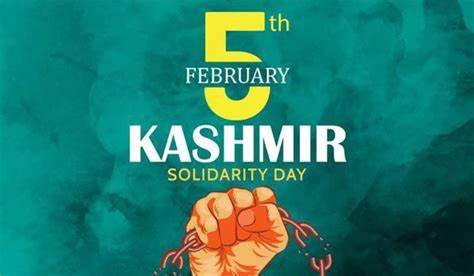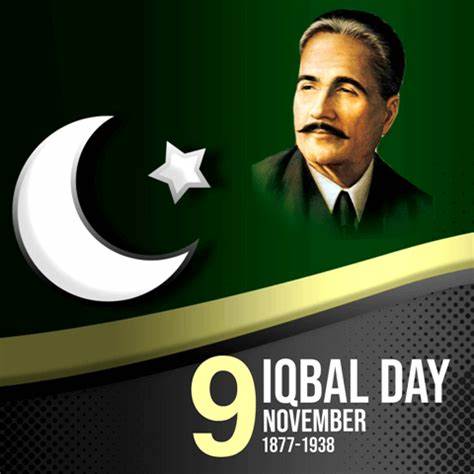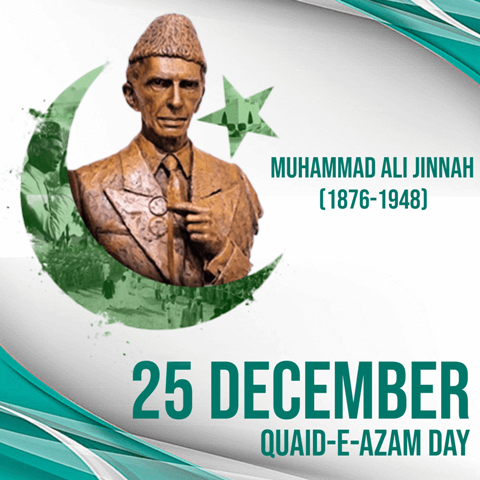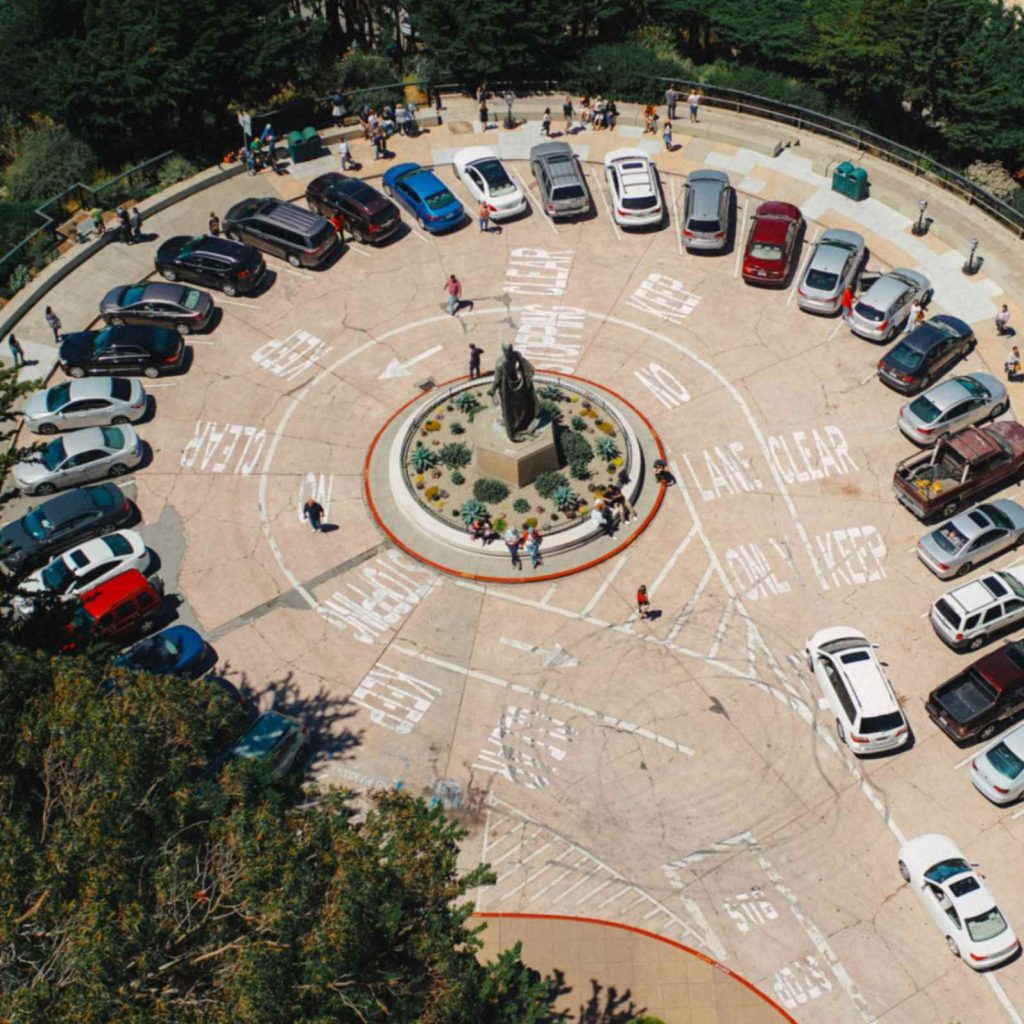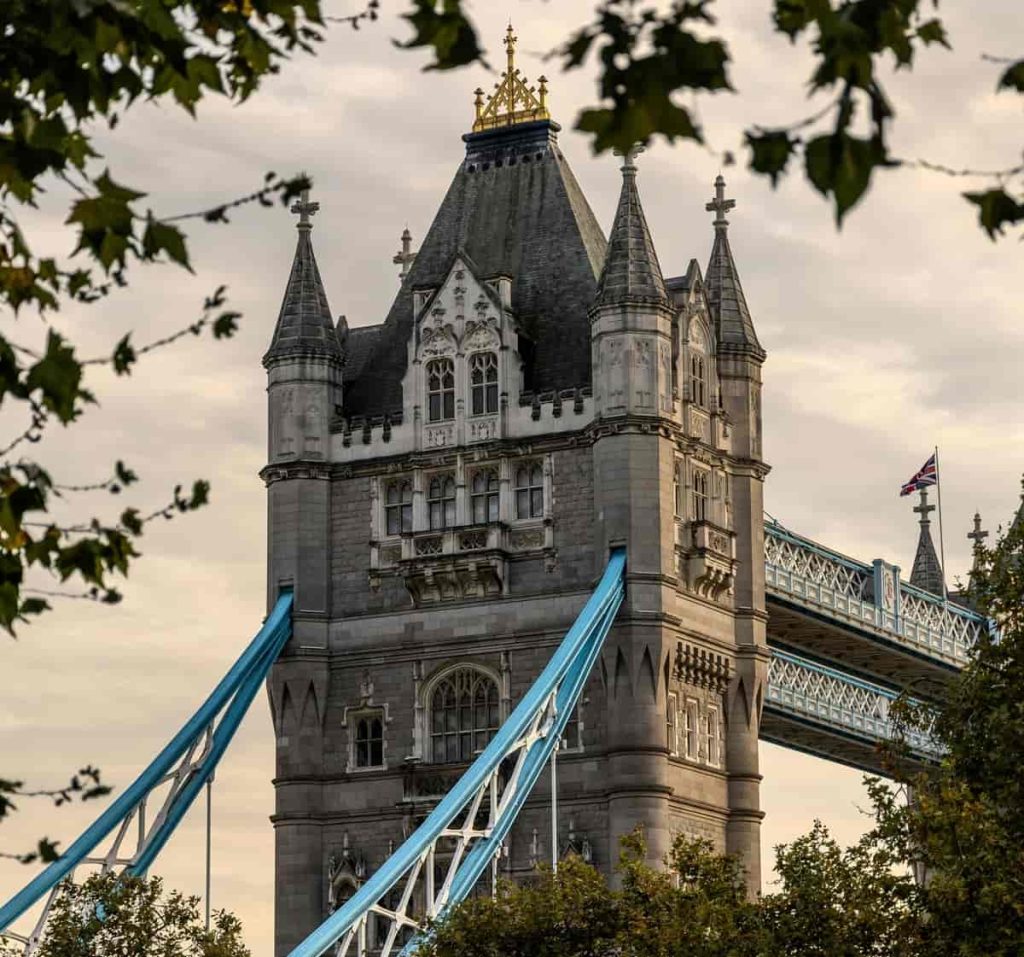On 06 September, we commemorate Defence Day, a significant occasion in our nation’s history. Defence Day marks the valiant efforts and sacrifices of our armed forces who defended the country with unparalleled bravery. This day serves as a reminder of the unity and resilience of our people during challenging times. Celebrating Defence Day on 06 September each year reinforces our commitment to honoring those who protect our homeland. Let us pay tribute to the heroes of Defence Day and renew our pledge to stand strong as a nation.
A Day of Unity and Valor
Every year, on September 6th, Pakistan commemorates Defence Day to honor the valor and sacrifices of its armed forces and citizens during the 1965 war with India. This day marks the nation’s united stand against an all-out attack, reflecting a spirit of resilience and courage that continues to define Pakistan’s national identity.
Rising Tensions: Prelude to the 1965 War
The roots of the 1965 war are deeply embedded in the historical context of the subcontinent’s partition in 1947. The division of British India into India and Pakistan left behind a legacy of unresolved issues, particularly the contentious status of Kashmir. This territorial dispute became a flashpoint for escalating tensions between the two newly formed states.
In the years following independence, both nations experienced periods of political instability and military buildup. Pakistan and India, both determined to assert their sovereignty, engaged in sporadic border skirmishes and military posturing. The situation reached a tipping point in 1965 when Pakistan launched Operation Gibraltar, a covert attempt to infiltrate forces into Kashmir and incite rebellion against Indian rule.
India responded with a full-scale military offensive, leading to the outbreak of war on September 6, 1965. The initial days of the conflict were marked by intense fighting along the western front, particularly in the Lahore and Sialkot sectors.
The Outbreak of War: Defending the Homeland
The early hours of September 6, 1965, saw Indian forces crossing the international border into Pakistan, launching a series of coordinated attacks aimed at capturing strategic positions. Lahore, a major city near the border, became a primary target. The Indian Army’s thrust towards Lahore was intended to deliver a swift and decisive blow to Pakistani defenses.
Pakistan’s response was immediate and resolute. The Pakistan Army, supported by the Air Force and Navy, mobilized quickly to counter the Indian advance. The defenders of Lahore, including units stationed at Wagah and Burki, displayed extraordinary courage and determination. Among the notable figures was Major Raja Aziz Bhatti, whose leadership and bravery in the face of overwhelming odds earned him the Nishan-e-Haider, Pakistan’s highest military award.
The Battle of Lahore saw fierce fighting, with both sides suffering significant casualties. Pakistani forces managed to halt the Indian advance and, in a counteroffensive, pushed the invaders back to their starting positions. The successful defense of Lahore became a symbol of national pride and resilience.
Battles and Bravery: The Frontlines of Conflict
The 1965 war witnessed several critical battles that showcased the resolve and bravery of Pakistani forces. One of the most significant engagements occurred in the Sialkot sector, specifically at Chawinda. Known as the largest tank battle since World War II, the Battle of Chawinda involved massive armored clashes between Pakistani and Indian forces.
Pakistani troops, despite being outnumbered, managed to inflict heavy losses on the Indian armored divisions. The destruction of over 120 Indian tanks at Chawinda was a testament to the skill and determination of Pakistan’s armored corps. The victory at Chawinda not only boosted morale but also underscored the importance of tactical ingenuity and effective leadership.
In the skies, the Pakistan Air Force (PAF) played a pivotal role in achieving air superiority. Pakistani pilots, flying outdated aircraft, displayed remarkable skill and bravery against the numerically superior Indian Air Force (IAF). Squadron Leader M.M. Alam emerged as a legendary figure during the conflict. On September 7, he achieved a historic feat by shooting down five Indian aircraft in less than a minute, setting a world record that still stands.
Another notable hero was Flight Lieutenant Yunus Hussain, who fearlessly engaged enemy aircraft despite overwhelming odds. In one encounter, he single-handedly took on six Indian planes, shooting down two before being martyred. His courage and sacrifice remain etched in the annals of Pakistan’s military history.
The Naval Front: Operation Dwarka
The Pakistan Navy also played a crucial role in the 1965 war, demonstrating its capability to secure the nation’s maritime interests. Operation Dwarka, launched on September 7, was a significant naval engagement aimed at disrupting India’s radar and communications infrastructure.
Pakistani warships targeted the coastal town of Dwarka, inflicting damage and achieving their objective of diverting Indian naval forces. The successful execution of Operation Dwarka showcased the strategic acumen of Pakistan’s naval commanders and the proficiency of its sailors.
Additionally, the submarine Ghazi, Pakistan’s only submarine at the time, played a key role in the naval conflict. Ghazi’s operations against Indian naval assets further highlighted the effectiveness of Pakistan’s maritime strategy.
Diplomatic Maneuvers: Paths to Peace
While the battles raged on the ground, in the air, and at sea, diplomatic efforts were also underway to bring about a ceasefire. The international community, particularly the United Nations, played a crucial role in mediating the conflict. The Soviet Union, leveraging its influence, brokered the Tashkent Agreement, which led to a cessation of hostilities on January 10, 1966.
The Tashkent Agreement marked the end of the 1965 war, but it also highlighted the complexities of Indo-Pak relations. The accord called for the withdrawal of forces to pre-war positions and the restoration of economic and diplomatic ties. While it brought an end to the immediate conflict, the underlying issues, particularly the Kashmir dispute, remained unresolved.
The diplomatic maneuvers during and after the war underscored the importance of international mediation in regional conflicts. The involvement of global powers in facilitating dialogue between India and Pakistan was a testament to the interconnected nature of international relations during the Cold War era.
The Legacy of Defence Day: Honoring Sacrifice and Valor
Defence Day is more than just a commemoration of a historical event; it is a celebration of the enduring spirit of Pakistan. The sacrifices made by the soldiers and civilians during the 1965 war serve as a reminder of the resilience and determination that define the nation.
Each year, Defence Day is marked by various ceremonies and events across Pakistan. Military parades, exhibitions, and commemorative programs pay tribute to the heroes of the war. Schools and educational institutions hold special assemblies to educate the younger generation about the significance of the day and the sacrifices made by their forebears.
The stories of bravery, such as those of Major Raja Aziz Bhatti, Squadron Leader M.M. Alam, and Flight Lieutenant Yunus Hussain, are recounted to inspire and instill a sense of pride in the nation’s military heritage. The day also serves as an opportunity to reflect on the lessons learned from the past and the importance of unity in the face of adversity.
Current Challenges: Drawing Inspiration from the Past
Today, Pakistan faces a multitude of challenges, both internal and external. The spirit of Defence Day serves as a beacon of hope and resilience, reminding the nation of its capacity to overcome adversity through unity and determination.
Internal Challenges: Pakistan is grappling with political instability, economic difficulties, and social issues. The political landscape is marked by divisions and conflicts among various factions, which often hinder effective governance and policy implementation. Economic challenges, including inflation, unemployment, and external debt, pose significant hurdles to the nation’s development.
External Challenges: Externally, Pakistan continues to face security threats, particularly from neighboring India. The unresolved Kashmir dispute remains a flashpoint for potential conflict. India’s actions in the Indian Illegally Occupied Jammu and Kashmir (IIOJK), including the abrogation of special status in August 2019, have further strained relations between the two countries.
Militant Threats: The threat of militancy and terrorism also persists, with extremist groups seeking to destabilize the country. Pakistan’s armed forces have been actively engaged in counter-terrorism operations, such as Zarb-e-Azb and Radd-ul-Fasaad, to eliminate militant networks and restore peace in affected regions.
The Role of the Armed Forces: Defending the Nation
Pakistan’s armed forces continue to play a crucial role in safeguarding the nation’s sovereignty and security. The successful military operations against terrorist groups have significantly improved the security situation in the country. The sacrifices made by the soldiers in these operations are a testament to their commitment to protecting the homeland.
The Inter-Services Intelligence (ISI) agency has also been instrumental in counter-terrorism efforts, disrupting terrorist plots and dismantling networks. The collaboration between various security agencies has been key to maintaining stability and preventing attacks.
Unity in Diversity: A Call for National Unity
At this critical juncture, Pakistan needs to draw on the spirit of unity and resilience that defined Defence Day in 1965. Political leaders, civil society, and the media must come together to address the pressing issues facing the nation. The lessons of the past underscore the importance of setting aside differences and working towards common goals.
The challenges posed by corruption, inflation, and political unrest require collective action and a commitment to national interest. Ensuring economic stability, social justice, and effective governance are essential for Pakistan’s progress and prosperity.
Conclusion: Embracing the Future with Courage and Hope
Defence Day is not just a reminder of a historical conflict; it is a celebration of the enduring spirit of Pakistan. The bravery and sacrifices of the armed forces and citizens during the 1965 war serve as a source of inspiration for the nation.
As Pakistan navigates its present challenges, the legacy of September 6th continues to inspire and guide its people. The principles of unity, resilience, and courage remain as relevant today as they were in 1965. By drawing on these values, Pakistan can overcome its current difficulties and build a secure and prosperous future for all its citizens.



